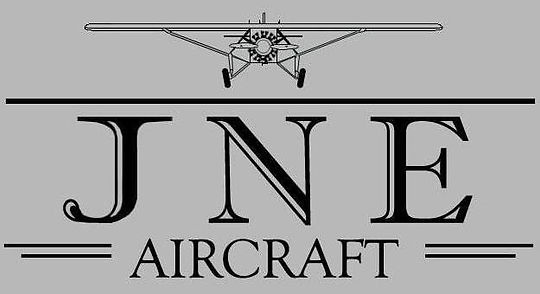
The Seat
The seat in the Spirit of St. Louis is a simple wicker seat.
John knew that meant he would need to put a wicker seat in his Spirit of St. Louis replica as well, but he had never done any reed weaving before and wasn't sure he wanted to take on that challenge.
He did some research and located an individual who was in the reed-weaving business. Through multiple telephone conversations and email exchanges he was able to describe (and illustrate with photographs of the original seat) what he was looking for.
This individual assured John that they could and would accurately reproduce a wicker seat to the specifications of the original, so John sent them the seat frame he had made.

After waiting several months, we finally got an email with a photograph of the seat this individual had created.
It had taken them 88-hours to complete the seat and the image we received was anything BUT an accurate reproduction of the original seat!
There were rows of reed on this new seat that are not on the original, and it had been stained a very dark brown with a streak of color midway across the seat back.
It was difficult to understand how this person could provide this particular seat as an ACCURATE reproduction when photographs had even been provided of the original.
Not one to be slowed down for long, John resorted to the thought that has driven him his entire life:
"If somebody built it once ... I can build it again"
John began researching again and located an outlet where he could purchase all the cane and reed he would need for the seat. He built a new seat frame and began teaching himself how to weave reed to create a wicker seat.



The first step was to soften the reed in hot water in order to make it pliable so that it wouldn't break when it was being wrapped or woven ...
After steaming the reed to soften it, John then wrapped the entire frame with the pliable reed.
The next step was for John to install the 'ribs' through which he would weave the reed as he built the seat. In order to keep those 'ribs' in place as he was weaving the reed, John installed removable guides held in place with zip-ties.


Then John began weaving the reed through the ribs. Once he got started, he made rapid progress toward completing his wicker seat.
With only 22-hours invested John had finished weaving and oiling the wicker seat. The next step was to install it in the Spirit of St. Louis by JNE. Once installed he decided he should try it out ... to make sure the seat was positioned correctly so that all the controls and pedals were adequately accessible by the placement of the seat.


The only thing left at this stage was to find the right color and texture of fabric to make the armrests with ... AND to find the right materials with which to make the seat cushion.
After making our research visit to the National Air & Space Museum in Washington DC in March 2015, John had the details he needed to make the armrests accurately.
John's father had restored some antique automobiles in the past and had a local upholstery shop make the seats for his 1908 Model T Ford Touring car in the late 1980's. The shop owner had old cars as well and the two men belonged to an 'old car' club, so they were friends.
One day in the spring of 2015, John and his Dad went to the shop, now owned by the friends' son, to visit and reminisce. While there John mentioned that he was looking for something to make the seat cushion with. The owner brought out some fabric he had just removed from the seat of a 1927 Stanley Steamer.
THAT was just exactly what John had in mind!
The fact that it had come off a vehicle of that vintage, prior to the time the original Spirt of St. Louis had been built, would simply add to the authenticity aspect that John had been focusing on as he was building the Spirt of St. Louis by JNE.
John asked how much he wanted for enough of the fabric to make the seat cushion, but the owner said, "Why don't you let me make it for you?" Given that John had a lot of other work to do on the project, he agreed and gave the owner the dimensions we had gotten off the original while we were doing our research inspection on it in March of that year.


We owe a debt of gratitude to Paul Reichlin of Cedardale Upholstery in Mount Vernon, Washington for the seat cushion he provided for the Spirt of St. Louis by JNE.
Follow these links for more:
Background Construction Authenticity Visiting the Original The Build Discoveries
Flights & Events Photo Gallery Facebook ~ #jnespirit JNE Aircraft~YouTube